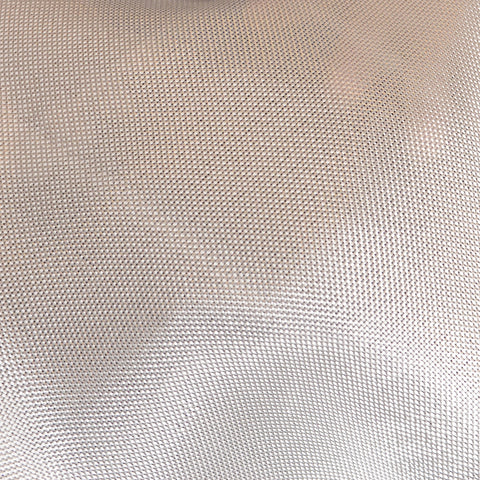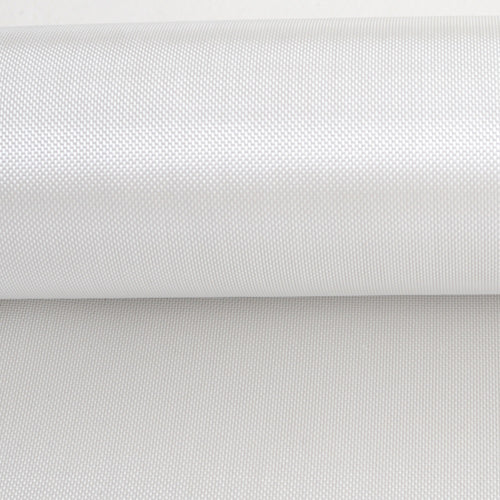You have no items in your shopping cart.
Whether you're a hobbyist working on RC projects or a professional in the boat and aerospace industries, understanding the differences in fiberglass cloth can empower your next project. This article breaks down fiberglass cloth into four main categories: lightweight fabrics commonly used for RC projects and as surface fabric, medium weight fabrics ideal for surfboards, sailboats, kayaks, and general-purpose applications, heavier weight fiberglass designed for robust requirements in boat building and marine and aerospace fiberglass fabrics.
Join us as we explore each type of fiberglass fabric, highlighting their key features, common applications, and why choosing the right type can make all the difference in the performance of your projects. Alongside explanations, we have included photos that showcase the unique characteristics of each fiberglass cloth type as well as providing a closer look.
Fiberglass Info
Fiberglass cloth, also known as fiberglass fabric, is an excellent choice when you are looking for a strong, light weight part.
All of our fabrics must be used with a resin system (polyester, vinyl ester or epoxy) to create a composite part. The fiberglass is what gives any part it’s strength. It is used in a great variety of applications. Boats, bathtubs, wind turbines, RC, surfboards, kayaks, canoes, aerospace . The list could go on and on.
The fabrics we have can be separated into 4 popular categories-
- RC
- Boat/marine
- Aerospace
- Surfboard
Keep in mind that these different fabrics are not limited in their category. They can be used in a variety of projects.
Lightweight RC/ Surfacing Fiberglass
The RC cloth is style #106 and #108,

Style #106 is a .75 oz. cloth. It is very lightweight and most often used on model airplanes. Because it is so lightweight, it can be tricky to use. You will want to use protective latex gloves or some other kind of smooth gloves. Any kind of skin tag will catch on the fabric. Style #106 is stronger than mylar. You don’t want to use it on anything requiring strength though.

Style #108 is another RC cloth. It is 1.5 oz. You will still need to be careful when working with this fabric but it is stronger than the .75 oz.
Medium Weight Surfboard/ Sailboat Fiberglass
Style #1522 and #3733 are our most common surfboard cloths. They can also be used on canoes, kayaks and boats

Style #1522 is a nice, smooth 4oz. cloth. Surfboard hobbyists use it to coat foam core. It can also be used as a surfacing layer. It creates a clear, transparent laminate when saturated with resin. This cloth wets out easily.

Style #3733 is a 5.6oz., aka sailboat cloth. This cloth is typically used on surfboards and general purpose projects.
Aerospace Fiberglass
Style #120 and #7781 are mainly used in the aerospace industry.

Style #120 is 3.2 oz. It is a 1:6 scale cloth for RC airplanes. You want to use this fabric when strength is needed. It is used on RC racing planes that go up to 140mph. This style is aerospace grade.

Style #7781 is an 8.9oz., four harness satin weave. Four harness means there is a three by one interfacing where a filling yarn floats over three warp yarns and under one. This weave conforms to curved surfaces. It is aerospace grade and is the second most popular aerospace cloth behind style #120.
Styles 7532 and 7500 fall in the boat/marine category.

Heavier Weight Boat/ Marine/ General Purpose Fiberglass
Style #7532 is a 7.5oz. cloth. It is more commonly known as an 8oz. cloth. It is a popular boat cloth. It is a plain weave and is stronger and sturdier than the 6oz. It is often used for waterproofing boat decks.

Style #7500 is the most popular general purpose fabric and also a great boat making cloth. It is widely used in the fiberglass industry. It is good for making molds. It is typically used after the mat layer in a mold. It gives it strength. It is also used in boat construction and repair.

We also carry fiberglass tape in widths from 1” to 12”. They are 50 yard rolls. They have selvage edges that keep it from un-raveling. They do not have an adhesive backing. Just like our regular fabrics, they are meant to be used with resin. Our tapes work great on smaller applications and if you will be winding. They are also often used on glass seams and in repair work.
All of our fabrics are pretty easy to handle. Remember you will want to pick the best weight of fabric for your project but you will also want it to be strong enough.
For information on even more reinforcements and resin, check out our Ultimate Fiberglass and Resin Guidebook.
To see all of the products we have available, go to www.fiberglasswarehouse.com .Save
comments (18)
-

-
 Steve
SteveCan all of your fiberglass products be used with epoxy resin? I saw someplace that only powder bound could be used , but never emulsion bound cloth with epoxy resin (vs polyester resin).
REPLY from fgwarehouse: Our chopped strand mat should only be used with polyester or vinyl ester resins. The cloth can be used with epoxy, polyester and vinyl ester. Our chopped strand mat has the styrene binder holding it together and is only dissolved by polyester or vinyl ester.
-
 Don
DonI am building a steel stud framed bulkhead (for basement) can I use one grade of your material throughout build-up then gelcoat- please advise- tnx
REPLY from fgwarehouse: You want to use non-waxed polyester or vinyl ester resin, then apply the gel coat.










Hellooo. I plan to use the cloth to make fiberglass shoe insoles to then drill through and assemble into roller skates. Considering #1522 or #7500. Do you have any thoughts?
REPLY from fgwarehouse: Either fiberglass styles will work. You just need twice as many layers of the 1522 to get the thickness of the 7500.